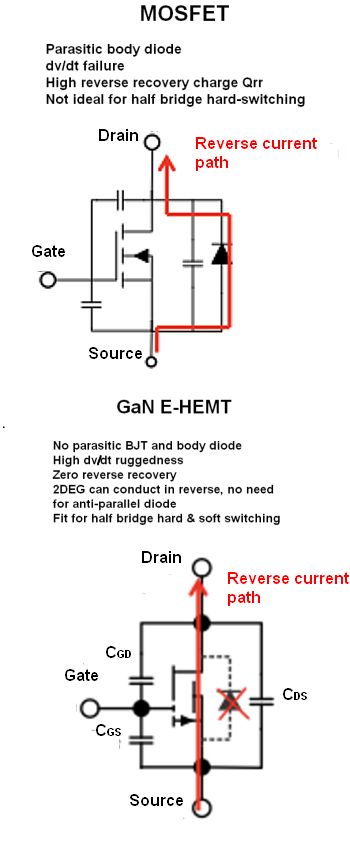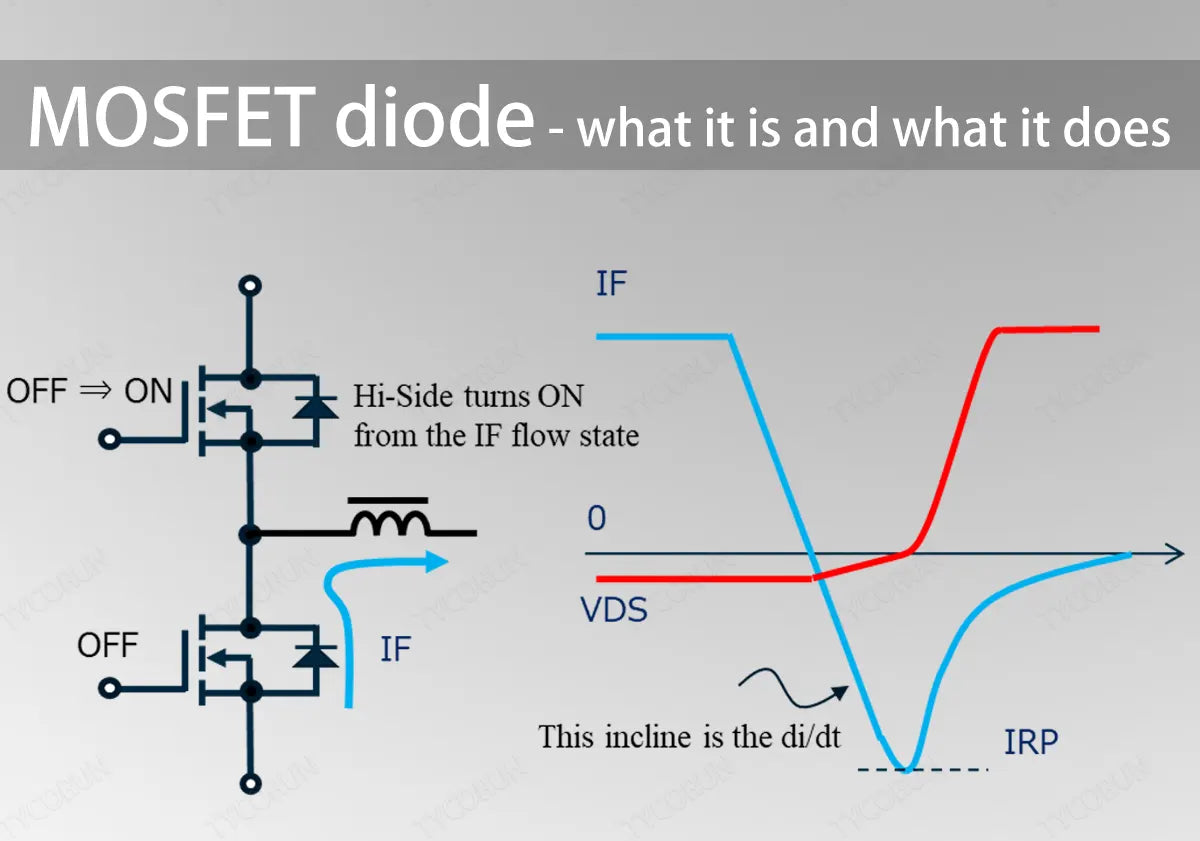Alright, let’s talk about body diodes in MOSFETs. This is something I was playing around with last week, and I thought I’d share what I learned.

So, first off, I was trying to figure out how to protect a circuit from reverse voltage. Standard diode, right? But I was also trying to minimize voltage drop. I remember reading something about using the body diode in a MOSFET, so I started digging.
The Basic Idea
Basically, every MOSFET has an inherent diode built into it – the body diode. It’s there because of how the MOSFET is constructed. The cool thing is, you can use this diode for certain applications.
My Experiment
- Set Up: I grabbed a few N-channel MOSFETs I had lying around (IRF520s, if you’re curious). I hooked one up in a simple circuit with a voltage source, a resistor, and an LED. Standard stuff.
- Forward Voltage: I applied voltage in the correct polarity. The MOSFET was ON, and the LED lit up like it should. No problem.
- Reverse Voltage: Then, I reversed the polarity of the voltage source. Instead of the MOSFET conducting normally, the body diode became forward-biased. The LED lit up, but dimmer. That’s the voltage drop across the body diode.
- Measuring the Drop: I measured the voltage across the MOSFET. It was around 0.7V, which is what you’d expect for a silicon diode.
The Catch

Here’s the thing: you can’t just blindly rely on the body diode. It’s not meant for continuous high current flow. The datasheet usually has a spec for the body diode’s forward current (Isd). Push it too hard, and you risk damaging the MOSFET.
What I learned:
- Voltage Drop: The body diode has a forward voltage drop, just like any other diode. You need to factor this into your design.
- Current Limitations: You can’t push tons of current through the body diode continuously. Check your datasheet!
- Not a perfect solution: If you need super-low voltage drop and high current capability, a Schottky diode might be a better bet.
Conclusion
Using the body diode in a MOSFET is a neat trick in certain situations, especially for reverse polarity protection or clamping voltages. Just be aware of the limitations and don’t overload it. Otherwise, you might end up with a crispy MOSFET. It’s always good to experiment and see how these things work in practice. Hope this helps someone!

